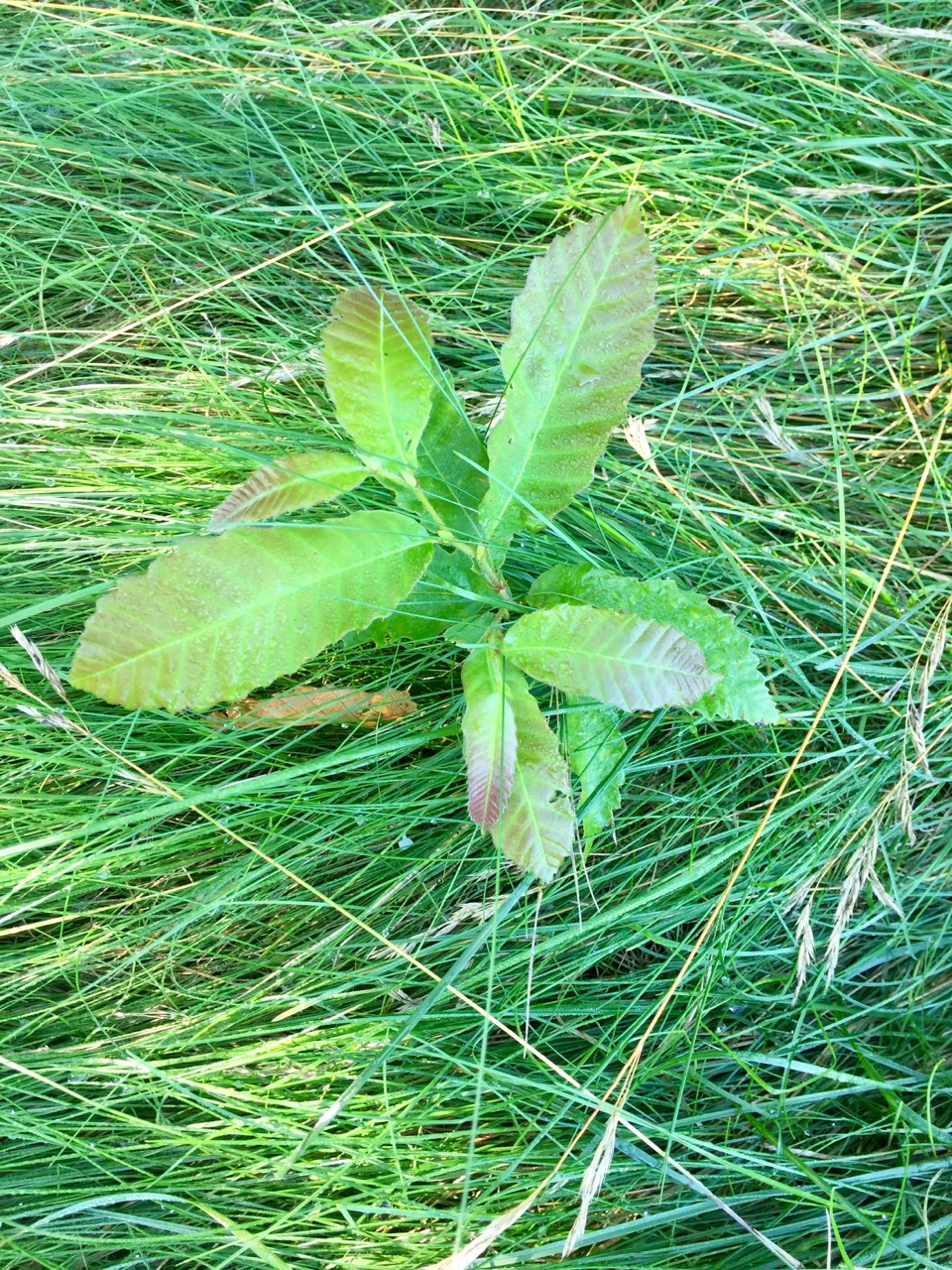yoderjac
5 year old buck +
I just started my nuts tonight. I'm learning more and more each year and finding new factors to consider. In the past, I and many others have had mold issues with chestnuts. This year I had none. Here are a few things I did differently and why I think they had a positive impact.
Thanks,
Jack
- I gathered the nuts myself directly from the burs on the tree before they hit the ground. I was able to do this because the particular chestnut variety I'm growing this year are Dwarf Asian Chestnuts (also called Seguins Castanea Seguinii) and I'm growing them in Rootbuilder II containers on my deck. Thus, I could check them daily and remove the nuts as soon as the opened.
- Patience! I lack this. In many years, I was in a hurry to start my trees under light. My thinking was the sooner they start, the more growth in the first growing season. In some years, I even planted them in the spring from 1 gal RB2s. I've found that my trees in the field do the best if I do multiple transplants and field plant them after a full growing season from 3 gal RB2s. (Detail here: http://habitat-talk.com/index.php?t...h-rootmakers-transfered-from-qdma-forum.5556/). I've learned that my growing season is plenty long and starting chestnuts in December doesn't add much if anything. WBPdeer (Wayne) and I did an experiment one year showing how much better germination rates are with 90 days cold stratification than 60 days. This year all of my chestnuts got 90 days cold stratification.
- Moisture distribution. In previous years, I recommended using long-fiber sphagnum because it has more antifungal properties than the fine peat. In the past, I always thought the primary factor was total moisture in the container. I would take a fist full of long-fiber sphagnum, squeeze out the water and put it in the bag with the chestnuts. I'm now beginning to believe that the distribution of the moisture is just as or more important than overall moisture content. I use regular fine sphagnum this year. I got it damp and filled the ziplock bag about 1/2 way full. I then "planted" the nuts in the medium pushing them down 1/2 way to the bottom of the peat. I then closed the ziplock 3/4 way and folded over the top of the bag storing it in the crisper on it's bottom with the ziplock up rather than on its side. When I planted the nuts tonight, all were showing at least the beginning of a root radicle. There were no dark areas on them as in the past. I think those dark areas were places that had significant contact with water. Having the nuts inside the medium meant the moisture was well distributed around the nut with no contact with plastic where condensation could pool. I also made sure none of the nuts touched each other. This is much less space efficient but much more effective for me.
Thanks,
Jack

